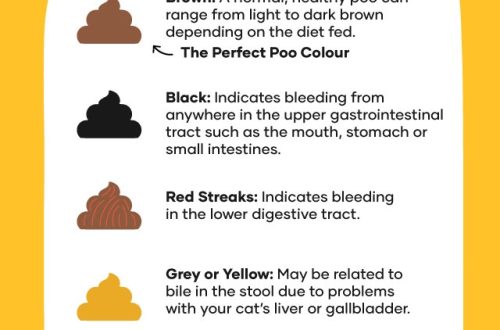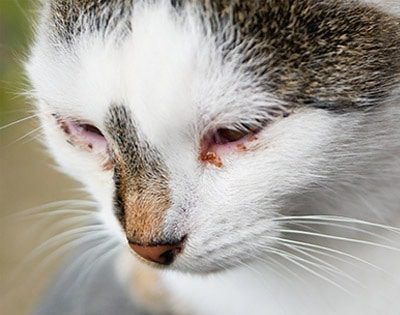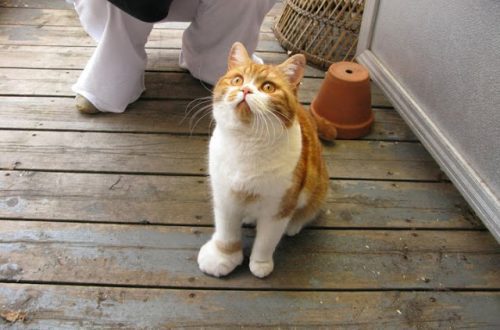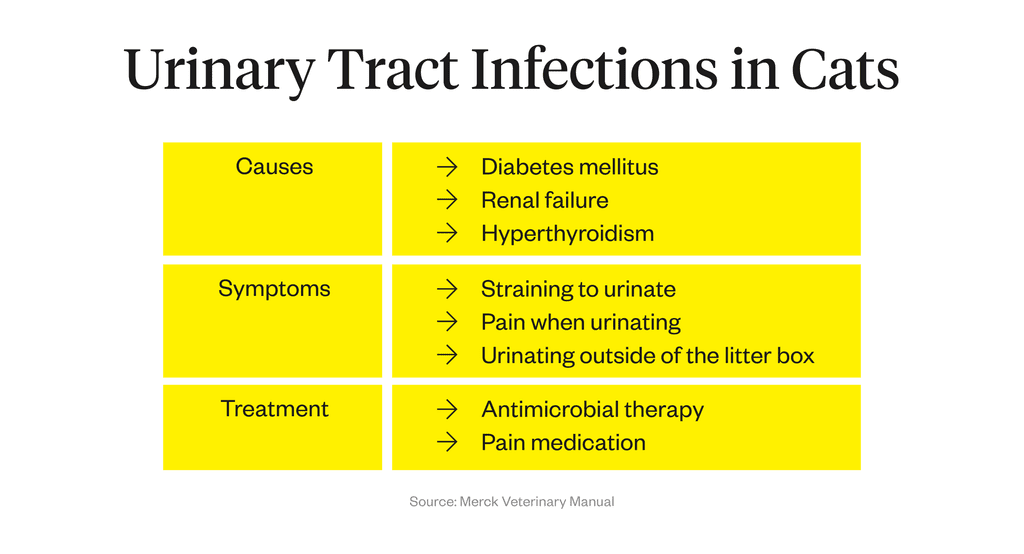
Frequent urination in a cat – causes and treatment
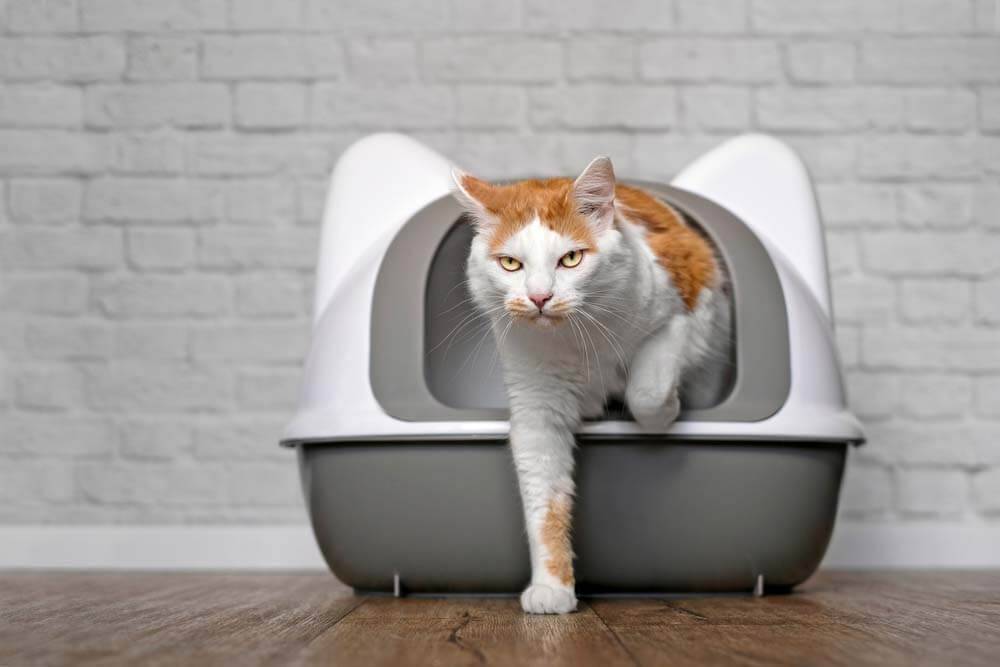
Contents
How often do cats normally pee?
At home, cats go to the toilet 1 to 3 times a day, kittens can normally pee more often – up to 4-6 times a day. In street conditions, unneutered cats can walk much more often – this is how they mark their territory.
The number of trips to the toilet per day depends on the type of food (dry food or wet food), the amount of water drunk (some cats willingly drink water from any bowls, and some like only fresh water from the tap), as well as on the individual characteristics of the pet. But, if the cat constantly goes to the toilet, this is a reason to be wary and consult a doctor.
What should be alerted if the cat often pees?
So, what symptoms should alert the owner?
Increased frequency of visits to the tray. For example, if a cat always went to the litter box once a day, and suddenly began to go 1-3 times or more, this is a reason to go to the clinic, even without other health complaints.
The presence of blood in the urine. This is a sign of damage to the wall of the bladder and urethra.
If the pet suddenly began to drink a lot and write a lot. This is a symptom of the so-called polyuria and polydipsia, which may indicate a serious illness in the pet (for example, diabetes mellitus).
If the cat constantly runs into the tray and urinates little by little, this may be a sign of cystitis.
If the cat sits in the tray for a long time, and there is no urine or very little of it, this is quite dangerous. This condition may indicate that the cat has a blockage in the urethra, and it threatens his life. In such a situation, you should immediately contact your veterinarian.
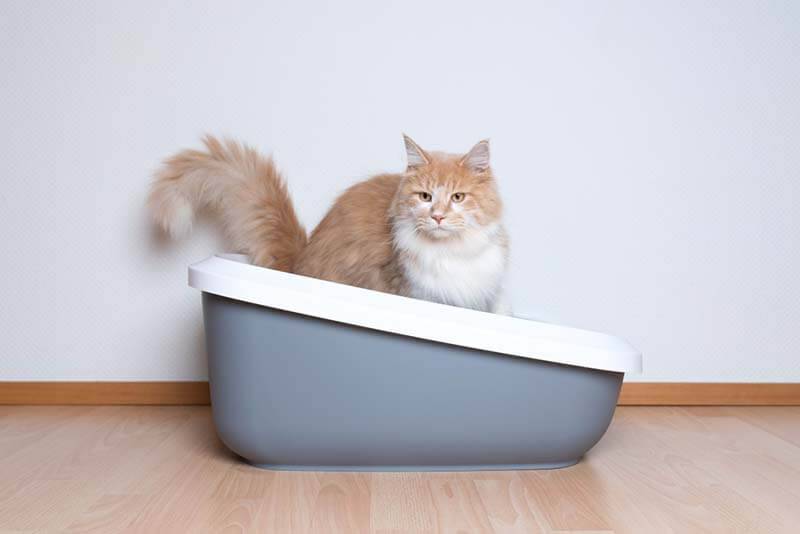
Causes of Frequent Urination in Cats and Cats
Next, let’s take a closer look at the reasons why a cat can often write:
Stress
Oddly enough, frequent urination or cystitis on the background of emotional experiences is the most common problem found by a doctor at the initial appointment. In this case, doctors diagnose idiopathic cystitis. As a rule, the disease is characteristic of young pets. Causes of stress in cats can be very diverse – not only obvious (car trip, visit to the veterinarian, noisy party in the house), but also chronic (boredom, uncomfortable tray, lack of scratching posts).
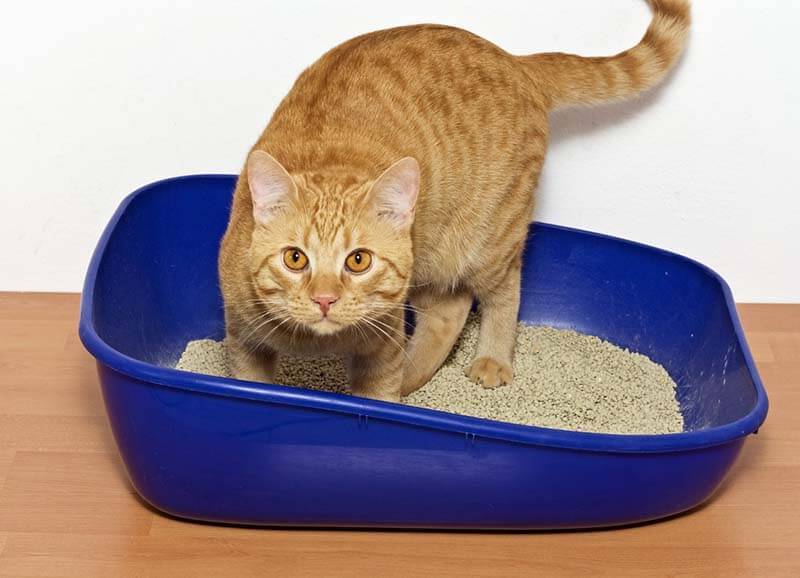
Bacterial cystitis
The microflora enters the bladder and, as a result, cystitis develops. This disease is quite rare in cats and usually occurs as a complication after bladder catheterization.
Urolithiasis disease
This is the scourge of modern domestic cats. In a cat, this problem can be manifested by frequent urge to urinate. The disease is associated with a violation of the animal’s fluid intake at home, as well as obesity and lack of activity in the house. When cats drink little and move little, they rarely go to the toilet. Accordingly, urine accumulates in the bladder for a long time, salt crystals begin to precipitate, forming stones. With the development of the disease, blockage of the urinary canal or inflammation of the bladder wall, due to abundant salt deposits, the cat begins to urinate frequently.
Mechanical damage to the bladder
After catheterization, it quite often leads to the development of cystitis and, as a result, to the fact that the cat often pees.
Having a tumor in the bladder
Unfortunately, neoplasms in cats can occur at any, even at a very young age, and the reasons for their appearance are unknown.
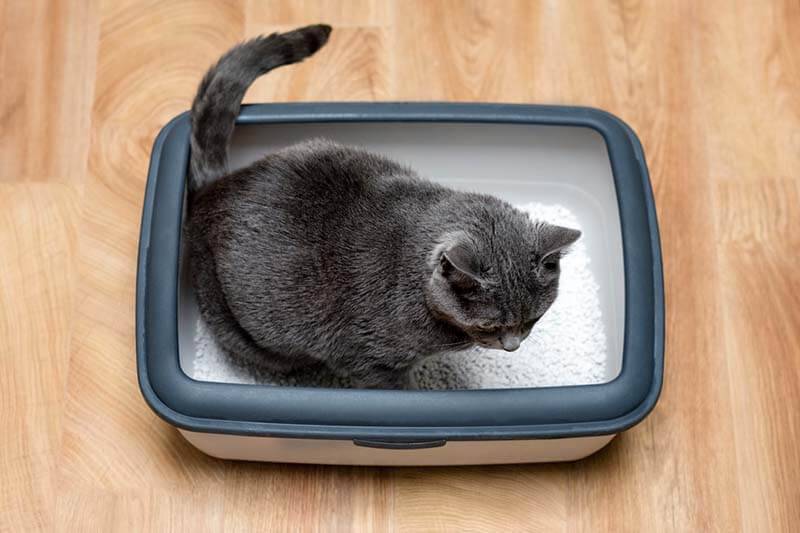
Kidney
Such diseases in the last stages and, as a result, a decrease in the density of urine, lead to the fact that the cat begins to write a lot. The fact is that secondary absorption of urine ceases in the kidneys, and all the water that the cat drank passes into the bladder in transit. In these conditions, despite drinking plenty of water, cats are usually severely dehydrated.
Diabetes
With this disease, the pet begins to drink a lot and, as a result, often run to the toilet. The disease is typical for older cats with excess weight, leading a sedentary lifestyle. Therefore, if the cat began to drink and write a lot, then it is necessary, first of all, to measure the sugar in his blood.
Hormonal diseases
Hyperthyroidism and hyperadrenocorticism are quite rare pathologies and lead to increased thirst and, as a result, frequent urination.
Concomitant symptoms
Depending on the cause of frequent urination, it may have various accompanying symptoms:
Against the background of stress, in addition to the fact that the cat often pees, he can hide in closets, under the bed, refuse food and water.
RџSЂRё bacterial cystitis the cat is usually unwell. She is lethargic, eats little, maybe even vomiting.
RџSЂRё urolithiasis, especially with complete difficulty emptying the bladder, cats stop eating and drinking. They constantly run to the tray, sometimes even sleep there, regularly push on the tray and meow plaintively. As a rule, cats also have severe stomach pain, and they do not allow it to be touched.
RџSЂRё mechanical damage to the bladder after catheterization, there may be a sharp deterioration in the condition of the cat. There is urination with blood, cystitis, or, conversely, its complete absence. Also, because of the pain factor, the cat may refuse to eat and be generally sad.
Having a tumor in the bladder, as a rule, has no other symptoms, except for frequent urination. A gradual deterioration is characteristic.
RџSЂRё kidney disease in cats, weight begins to decrease, the coat becomes dull and dirty. Cats often refuse to eat, sometimes vomiting occurs. It is also common for cats with kidney disease to have bad breath. Cats become sad, do not play, sleep all day.
For diabetes, in addition to profuse thirst and constant urination, significant pet obesity and the so-called perverted appetite are characteristic – cats can start eating foods that they have never eaten before. But at the same time, with an excessive increase in blood sugar levels, on the contrary, cats can become lethargic and refuse to eat.
In the presence of hormonal diseases cats can have a variety of symptoms. Often this is a sharp decrease in weight, poor quality of wool, the belly can be enlarged. Appetite at the same time, as a rule, does not disappear, it can even increase.
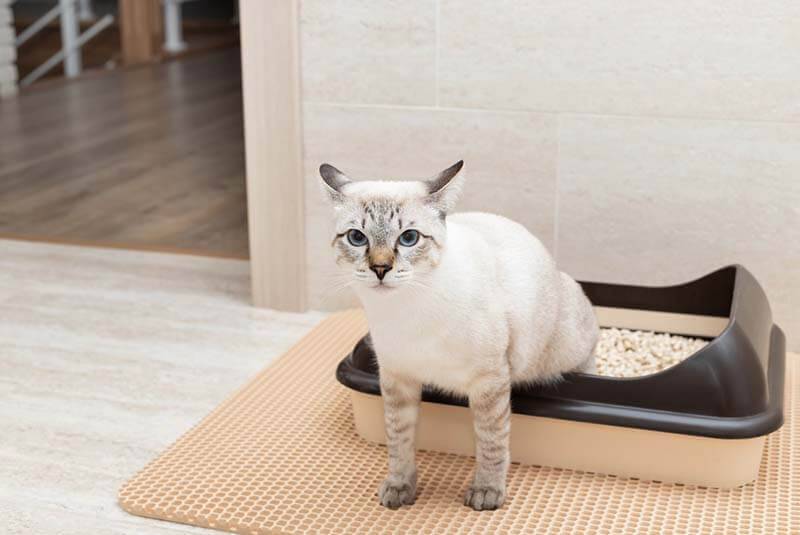
Diagnostics
As noted above, if a cat pees frequently, there can be many reasons for this. Therefore, in order not to miss a serious deterioration in the health of the pet and start treatment on time, it is necessary to conduct a complete diagnosis.
Diagnostics must include:
Extended urinalysis. It looks at the density of urine (kidney work), the amount of protein (inflammation, kidney work), the presence of sugar (diabetes), acidity, sediment, and so on. Each of these indicators can be crucial in making a diagnosis.
General blood analysis. It can show the presence of bleeding due to a bladder injury, an increase in the number of white blood cells due to the presence of an infection, etc.
Biochemistry of blood. It shows the level of sugar in the blood, allows you to evaluate the work of the kidneys (creatinine, urea, phosphorus). An increase in liver enzymes may indicate the presence of endocrine diseases.
Ultrasound of the genitourinary system. This is the most important diagnostic method that allows you to assess the condition of the bladder, in particular, its walls, the presence of stones, salts, neoplasms. The condition of the kidneys, ureters, and the visible part of the urethra is also necessarily assessed.
But, of course, when drawing up a survey plan, there are exceptions. For example, if the pet is young, he did not have any health complaints and there is a suspicion for stress, in most cases, it is possible to confine ourselves to an ultrasound of the abdominal cavity.
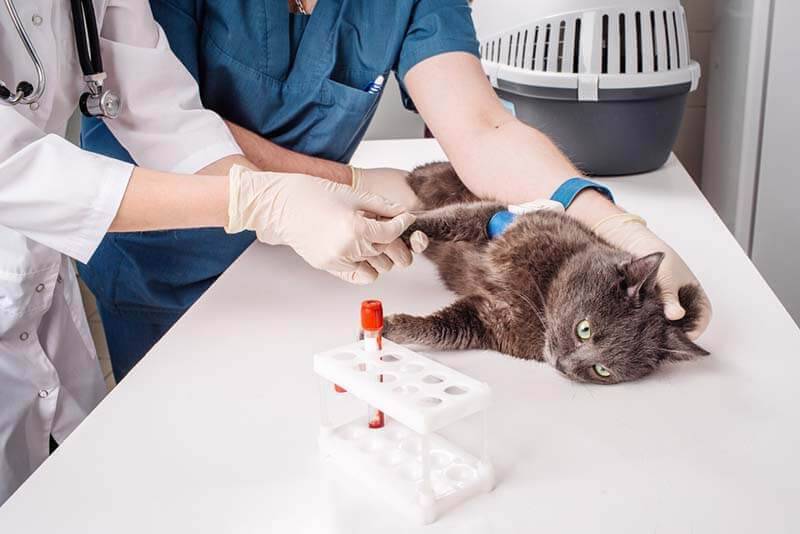
If suspected bacterial cystitis, urine must be collected in a sterile way using cystocentesis (puncture of the abdominal wall) and sent for analysis: bacteriological culture with the selection of an antibiotic.
Make an accurate diagnosis with urolithiasis is possible only by handing over the removed stone for a special analysis, which allows to determine its structure.
If you suspect mechanical damage to the bladder after catheterization, ultrasound may be sufficient. But, to assess the dynamics of recovery, it is necessary to conduct several examinations.
When imaging tumors in the bladder, in addition to a complete examination of the cat to exclude the presence of other neoplasms (in this case, it is best to perform a computed tomography), to take a piece of the tumor for analysis – histology, it is necessary to perform a puncture (biopsy). Only in this case it is possible to determine the nature of the tumor and prescribe a special treatment.
If you suspect kidney disease, diabetes mellitus and other hormonal disease requires a thorough and comprehensive diagnosis of the pet. Also, the doctor in each case may prescribe additional tests to clarify the diagnosis (for example, blood for indicators such as SDMA, cortisol, etc.)
Treatment
For cysts on the phone stress sedatives are prescribed, such as “express calm” for cats or special diets (royal canin calm). But it is important to understand that treatment will be ineffective if the cause of stress is not eliminated.
Bacterial cystitis treated with antibiotic therapy. But it should be noted that in order to make a diagnosis and choose a drug, it is necessary to conduct a special study. This is the taking of a sterile urine sample through a puncture of the abdominal wall and its delivery for bacteriological seeding with subtitration to antibiotics (that is, the selection of a drug that best copes with the found bacterium). Only in this case it is possible to defeat the infection, prevent its recurrence and the development of antibiotic-resistant strains of microorganisms.
Treatment urolithiasis completely depends on the nature of the stones that were found in the cat, so analysis is indispensable here. For example, if struvite salts (synonymous with tripelphosphates) are found in a urine test, it is enough to prescribe a special diet (for example, royal canin urinary) and improve the cat’s drinking regimen (switching to wet food, buying special fountains for cats, from which they drink water more readily, than from a bowl). Other types of salts (for example, oxalates) require an individual approach and prescription of a treatment regimen depending on the associated diagnoses in the cat (for example, these salts are often found in cats with kidney disease).
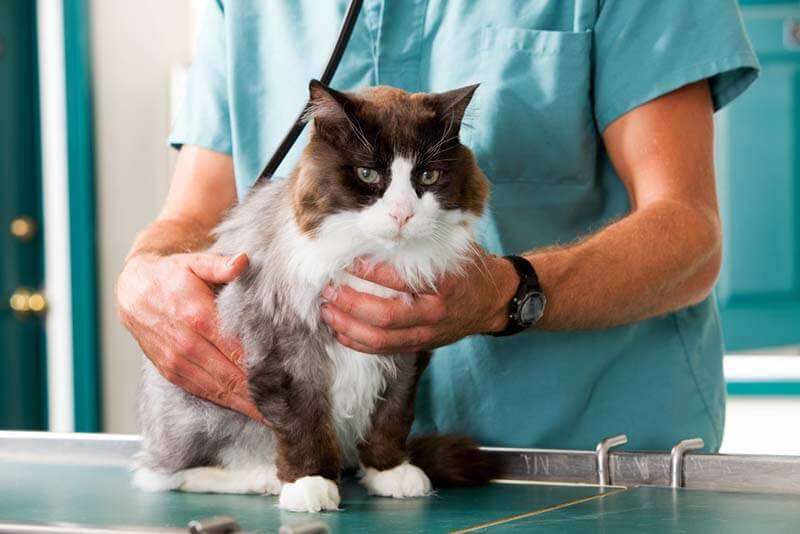
Mechanical damage to the bladder after catheterization requires the development of treatment tactics in each case. Pain medication, antibiotics, and even surgery may be needed.
When suspected of having tumors in the bladder First, a histology analysis is taken to determine the type of tumor. Depending on the results, treatment is prescribed – chemotherapy, removal of the tumor or the entire bladder.
In most cases kidney diseaseare unfortunately incurable and require only supportive treatment. But, in modern conditions, with timely treatment, it is possible to extend the life of a cat with kidney disease for several years!
Diabetes in cats, as in humans, it requires insulin injections, a special diet and weight loss are a must. With timely treatment, constant monitoring of blood sugar levels and individual selection of the dose of insulin, about half of the cases of diabetes in cats can be completely cured!
Different hormonal diseases require constant monitoring of blood tests and the selection of a dose of hormonal drugs. In some cases, if the disease is caused by a tumor, surgery is recommended to remove it. Only an endocrinologist can deal with such patients.
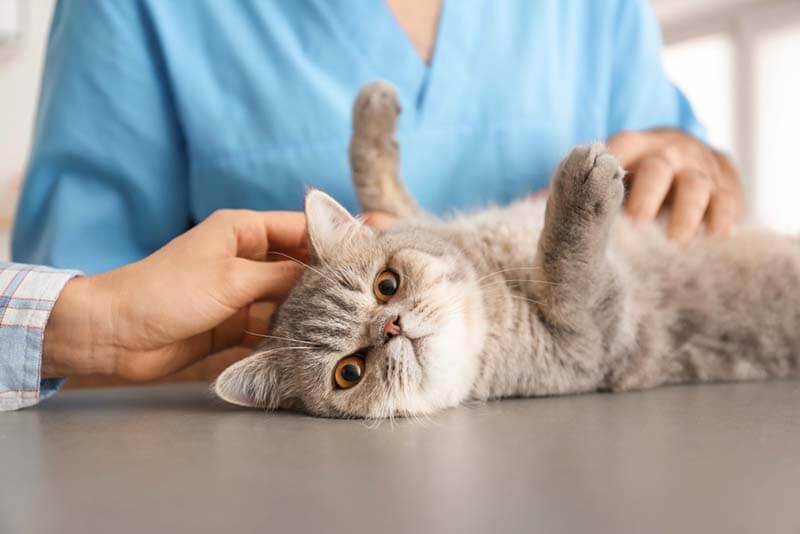
Prevention
Unfortunately, not all diseases can be prevented. For development tumors in the bladder, genetically determined kidney disease or hormonal diseases cannot be influenced. Bacterial cystitisusually occurs as a complication of other diseases. But it is in our power to follow simple rules to avoid other reasons due to which a cat may often go to the toilet in a small way:
First, it is very important to prevent the development stress in the house, for this you need:
at a very early age, teach a kitten to be carried, travel, visit guests, ideally – to the presence of other pets in the house (a dog and a cat can be great friends if they have known each other since childhood);
if there are several cats in the house, each must have a tray, a separate bowl, several drinkers, several houses and scratching posts. Also, each cat should be able to hide in a safe shelter to be alone;
before the arrival of guests or a trip to the clinic, if the cat is not accustomed to noise and crowds, it is advisable to use sedatives.
Prevention urolithiasis is to provide the cat with an active lifestyle and plenty of fluids. It is very important to watch what the cat drinks from. If she doesn’t drink much, it might be worth changing the bowl, buying a cat fountain, etc.
Prevention diabetes – This is the control of the excess weight of the pet and its proper feeding.
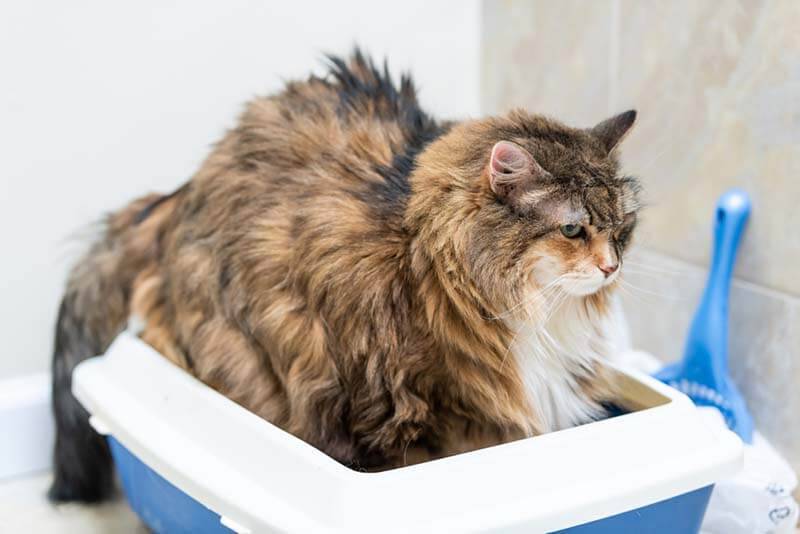
Features in kittens
A kitten may often go to the toilet in a small way due to a variety of reasons. In very young kittens, the problem may be associated with congenital pathologies such as malformations of the bladder, diverticulum of the ureteral orifice, urethral stricture, urethrorectal fistula, atony or hypertonicity of the sphincters. In older kittens, cystitis can be caused by stress. Also, kittens at the age of 7-8 months have episodes of urolithiasis.
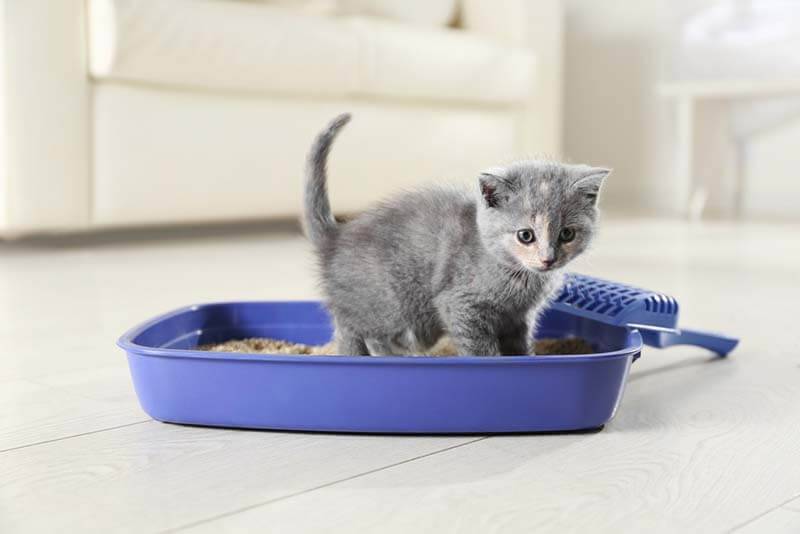
Home
The causes of frequent urination are many, from cystitis to serious systemic diseases.
Regardless of age, if a cat pees often and little, it is always a pathology that needs to be understood and treated.
A comprehensive diagnosis is needed to make a diagnosis. In most cases, this is a urinalysis, blood tests, ultrasound of the genitourinary system.
There is no symptomatic treatment in this situation, since in each case it is necessary to look for the cause of the disease and treat it.
F.A.Q.



